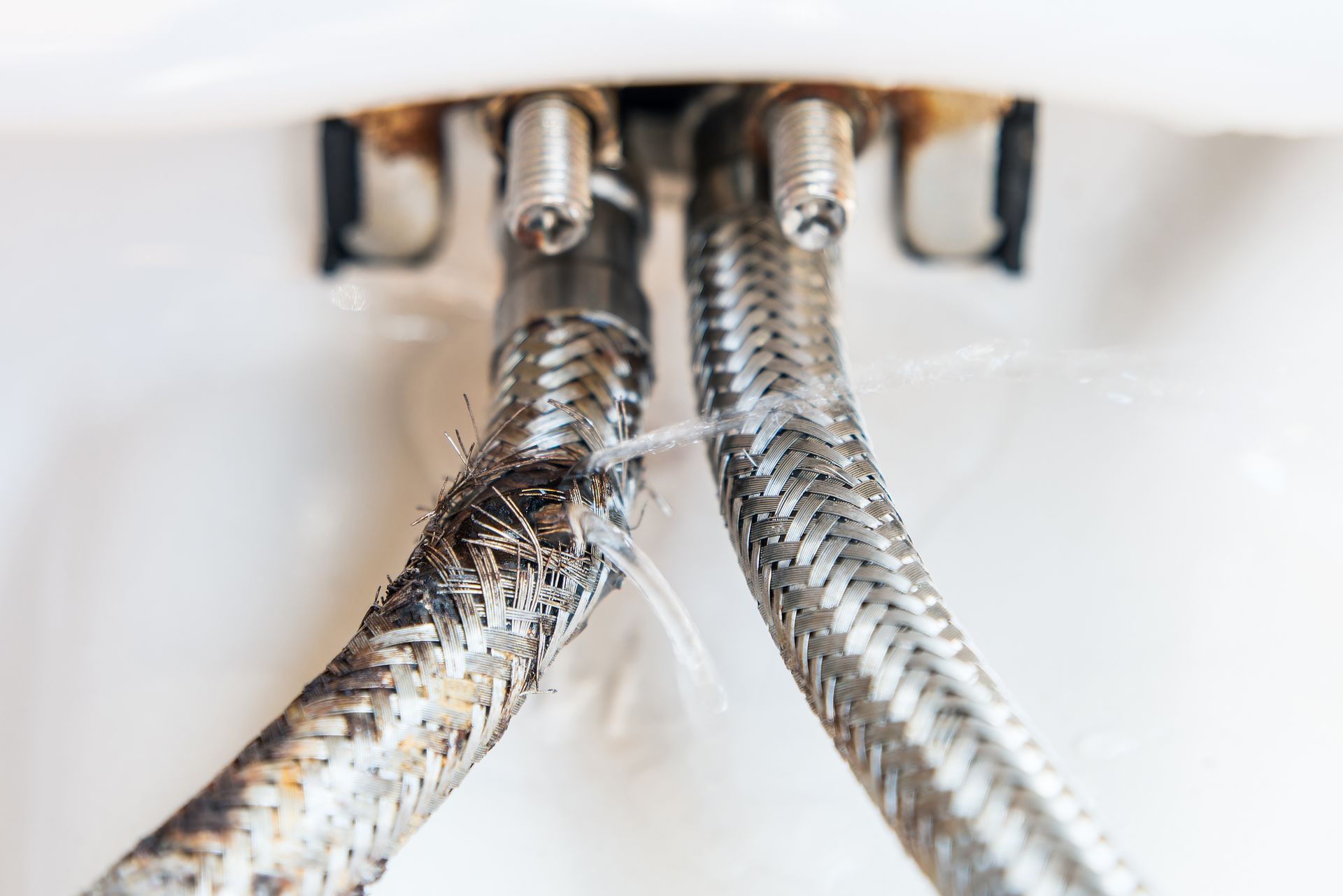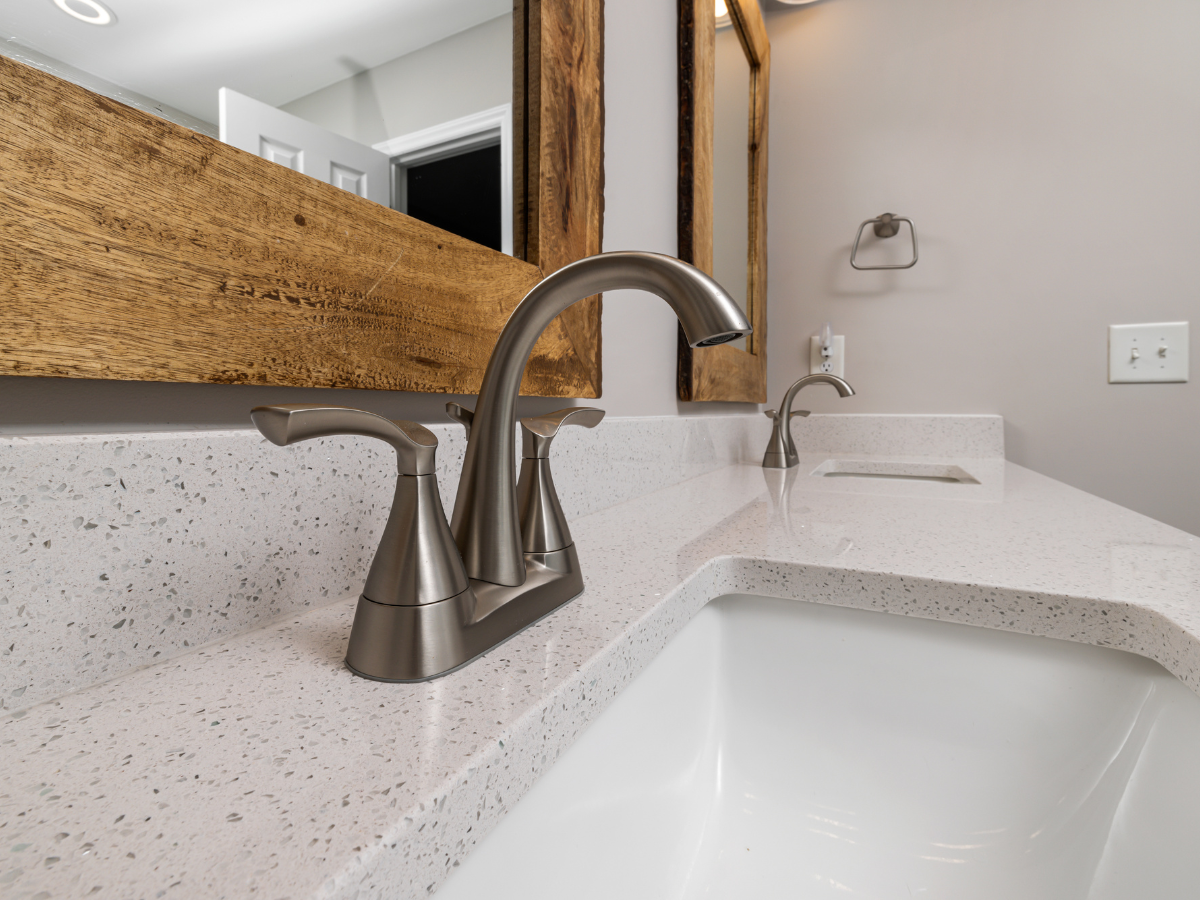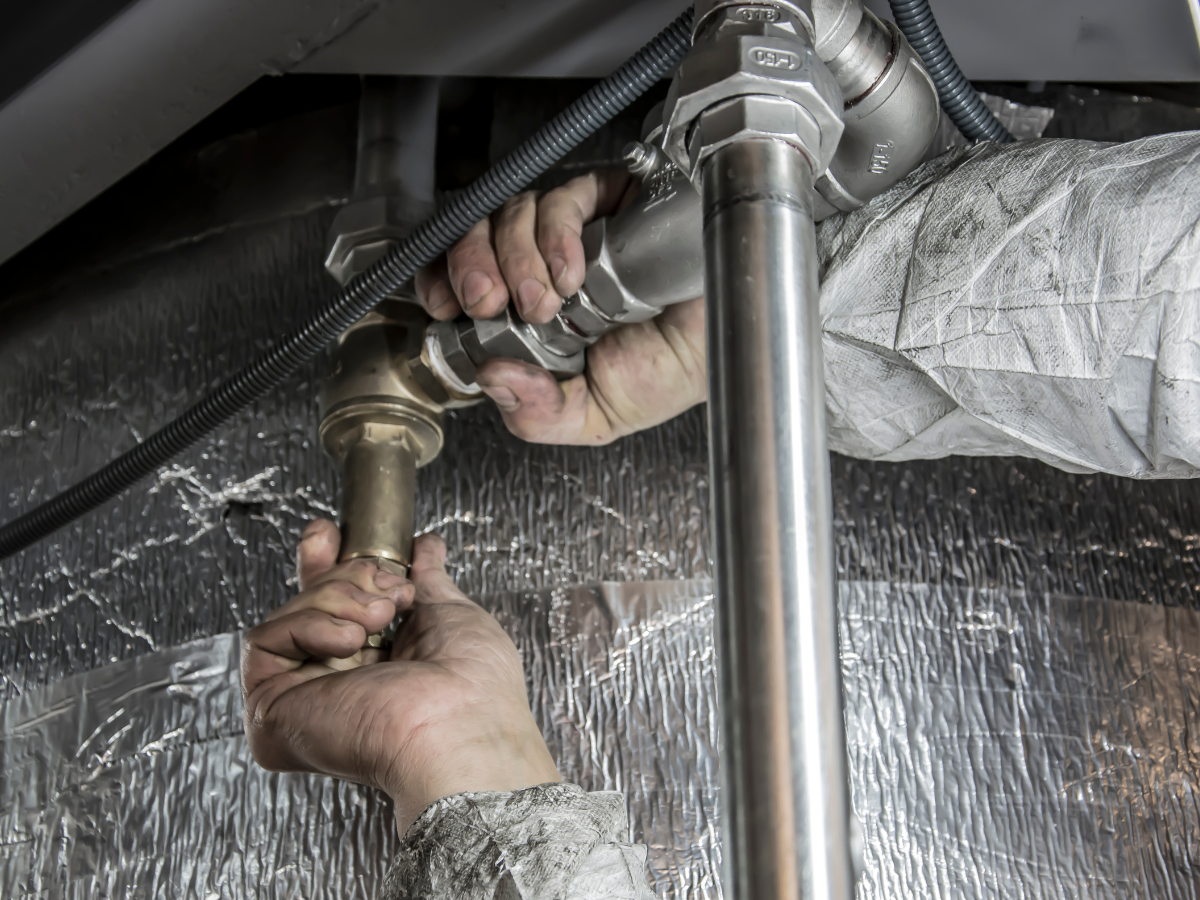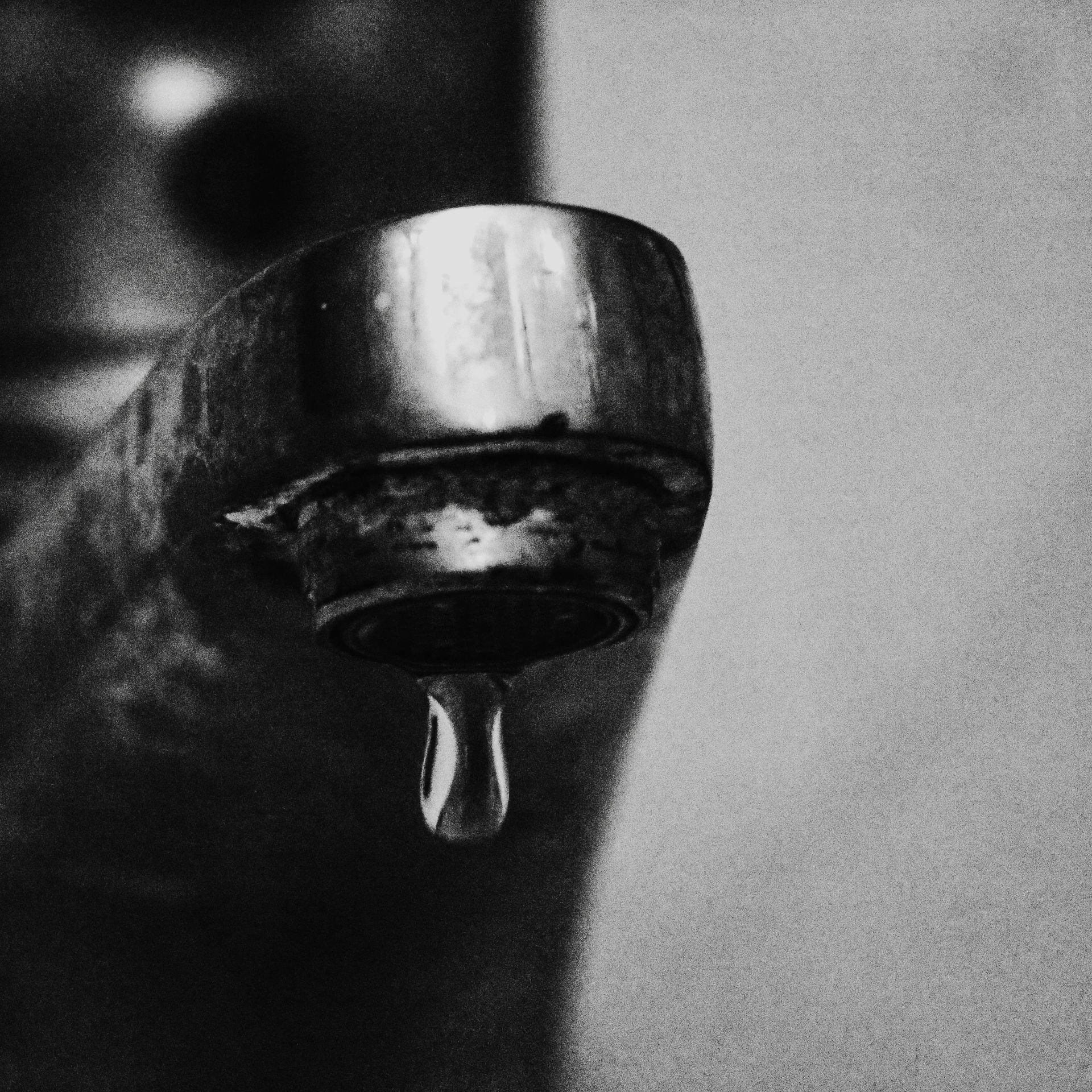What Should You Do If a Pipe Freezes in Your Home?
When temperatures drop below freezing, one of the most common and costly plumbing problems homeowners face is a frozen pipe. Not only can frozen pipes block water flow, but they also pose a serious risk of bursting, leading to flooding and expensive repairs.
At Pleasant Valley Plumber, we’ve helped many homeowners handle and prevent cold-weather plumbing emergencies. Here’s what you should do if a pipe freezes in your home—and how to stop it from happening again.

1. Turn Off the Water Supply Immediately
The first and most important step is to shut off your home’s main water supply. This helps relieve pressure in the pipes and minimizes the chance of a rupture.
Once the water is off, open nearby faucets to allow any built-up steam or water to escape as the pipe begins to thaw.
If you’re unsure where your main shut-off valve is located, it’s typically found near the water meter or along an exterior wall where the main line enters the home.
2. Locate the Frozen Section
Look for areas of your plumbing system that feel unusually cold, frosty, or bulging. Common places for frozen pipes include:
- Unheated basements or crawl spaces
- Garages or exterior walls
- Under sinks located against outside walls
Once you identify the frozen area, determine whether the pipe is accessible or hidden behind drywall or insulation.
3. Begin Thawing Safely
If the pipe is visible and accessible, you can begin gently thawing it. Always start the process closest to the faucet and work your way back toward the frozen section. Safe methods include:
- Using a hair dryer to apply warm air evenly.
- Placing warm towels or heating pads along the pipe.
- Setting up a space heater nearby to warm the room gradually.
Avoid using open flames or propane torches, as these can damage pipes or cause fires.
If the pipe is hidden behind walls, it’s safer to call a professional plumber who can thaw it safely without damaging your plumbing or drywall.
4. Check for Leaks Once Thawed
After the water begins flowing again, inspect the pipe closely for cracks or leaks. Even a small split can lead to significant water damage once full pressure returns.
If you discover any damage, keep the water turned off and contact Pleasant Valley Plumber right away for emergency repair service.
5. Prevent Future Freezing
Once the immediate problem is solved, take steps to prevent future frozen pipes:
- Insulate exposed pipes in basements, garages, and crawl spaces.
- Keep cabinet doors open under sinks to allow warm air circulation.
- Maintain indoor temperatures at 55°F or higher—even when away.
- Let faucets drip slightly during extreme cold to keep water moving.
Preventive maintenance is the most effective way to avoid repeated winter plumbing issues.
6. When to Call a Professional
If you can’t locate the frozen pipe, the pipe has burst, or you’re unsure how to thaw it safely, it’s time to call a licensed plumber. A professional has the right tools and expertise to fix the issue quickly and prevent further damage.
At Pleasant Valley Plumber, our team offers fast, reliable frozen pipe repair and winter plumbing maintenance services to protect your home all season long.
Conclusion
A frozen pipe can turn into a serious plumbing emergency if not handled quickly and correctly. Acting fast, shutting off your water, and using safe thawing techniques can save you from major water damage.
For peace of mind this winter, trust Pleasant Valley Plumber for professional service, insulation upgrades, and emergency repairs. We’ll keep your home’s plumbing system safe and flowing—no matter how cold it gets.





